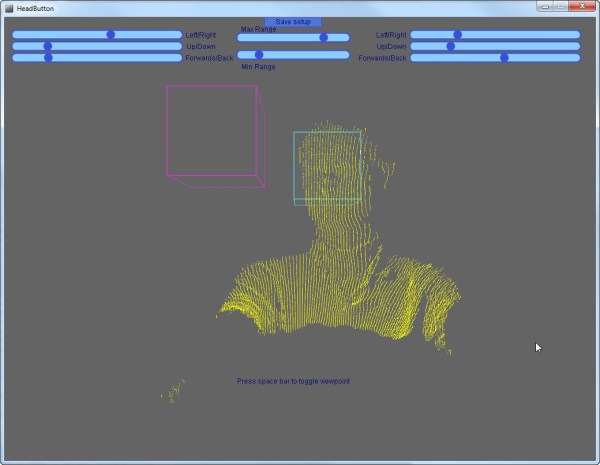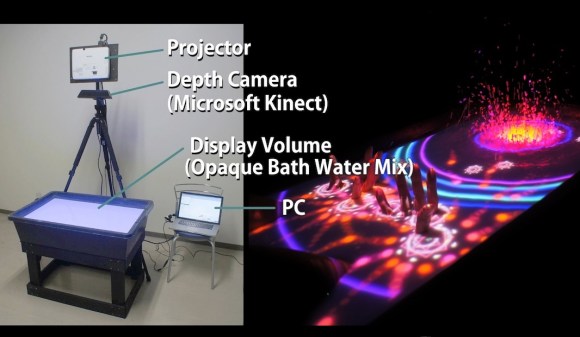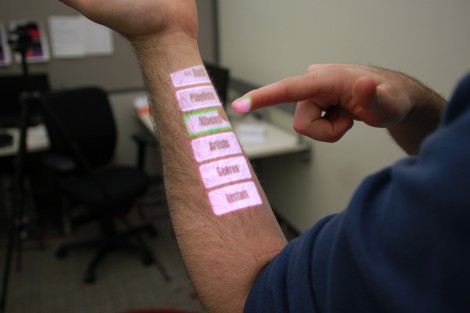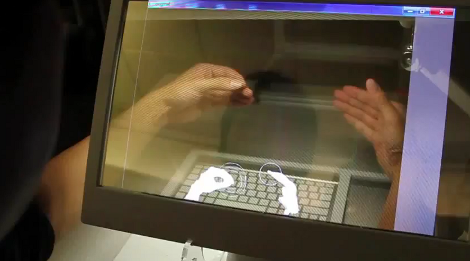There is a lot of helpful technology for people with mobility issues. Even something that can help people do something most of us wouldn’t think twice about, like turn on a lamp or control a computer, can make a world of difference to someone who can’t move around as easily. Luckily, [Matt] has been working on using webcams and depth cameras to allow someone to do just that.
[Matt] found that using webcams instead of depth cameras (like the Kinect) tends to be less obtrusive but are limited in their ability to distinguish individual users and, of course, don’t have the same 3D capability. With either technology, though, the software implementation is similar. The camera can detect head motion and control software accordingly by emulating keystrokes. The depth cameras are a little more user-friendly, though, and allow users to move in whichever way feels comfortable for them.
This isn’t the first time something like a Kinect has been used to track motion, but for [Matt] and his work at Beaumont College it has been an important area of ongoing research. It’s especially helpful since the campus has many things on network switches (like lamps) so this software can be used to help people interact much more easily with the physical world. This project could be very useful to anyone curious about tracking motion, even if they’re not using it for mobility reasons. Continue reading “Head Gesture Tracking Helps Limited Mobility Students”


 Are you ready to make a utility sink sized pool of water the location of your next living room game console? This demonstration is appealing, but maybe not ready for widespread adoption.
Are you ready to make a utility sink sized pool of water the location of your next living room game console? This demonstration is appealing, but maybe not ready for widespread adoption. 











